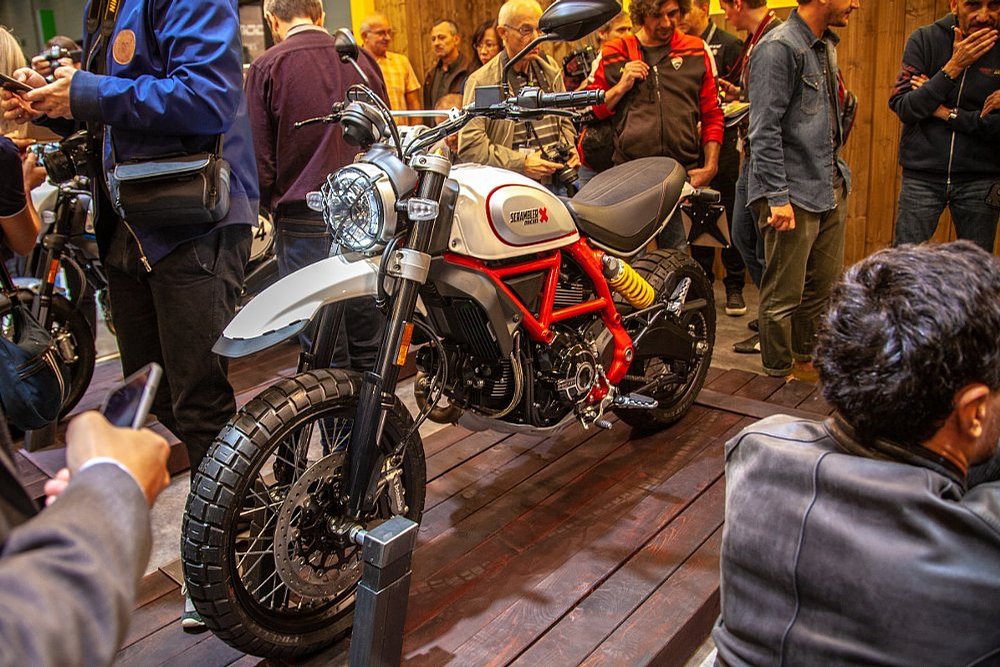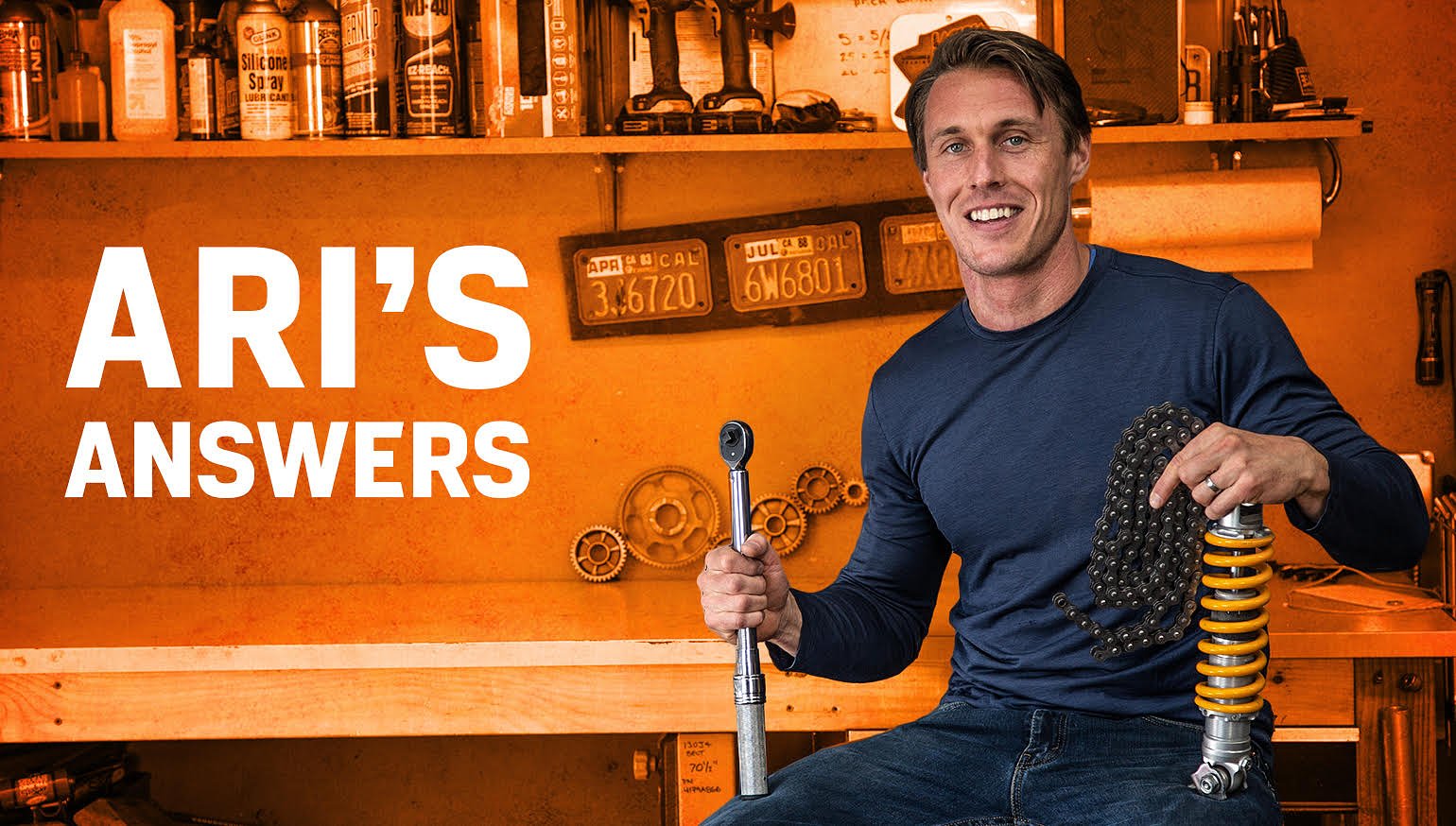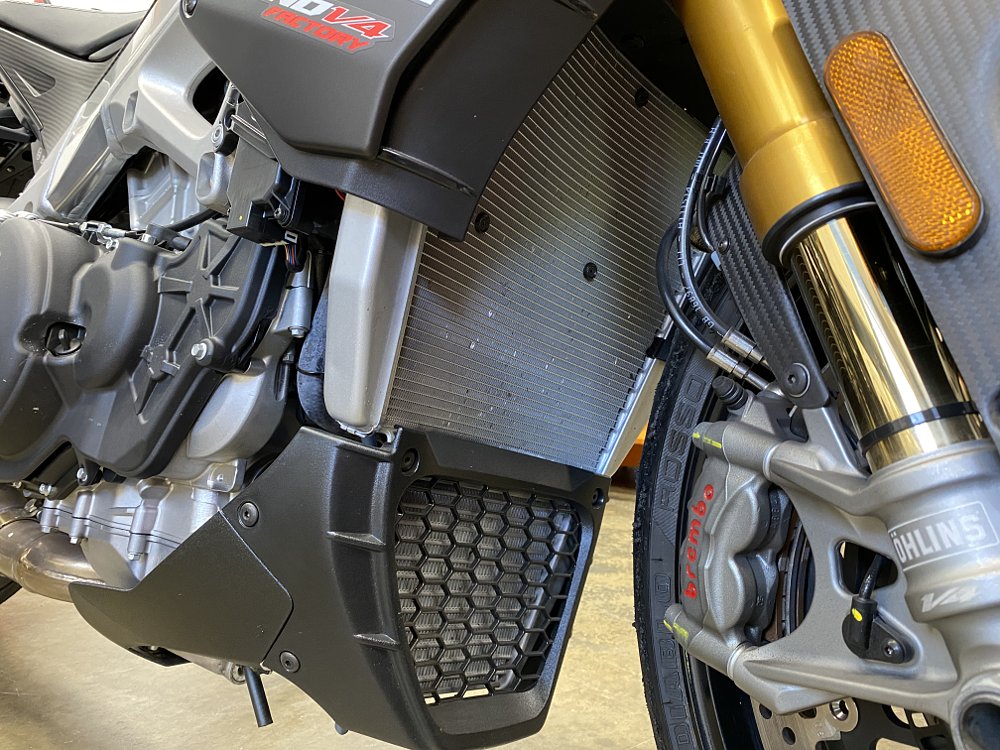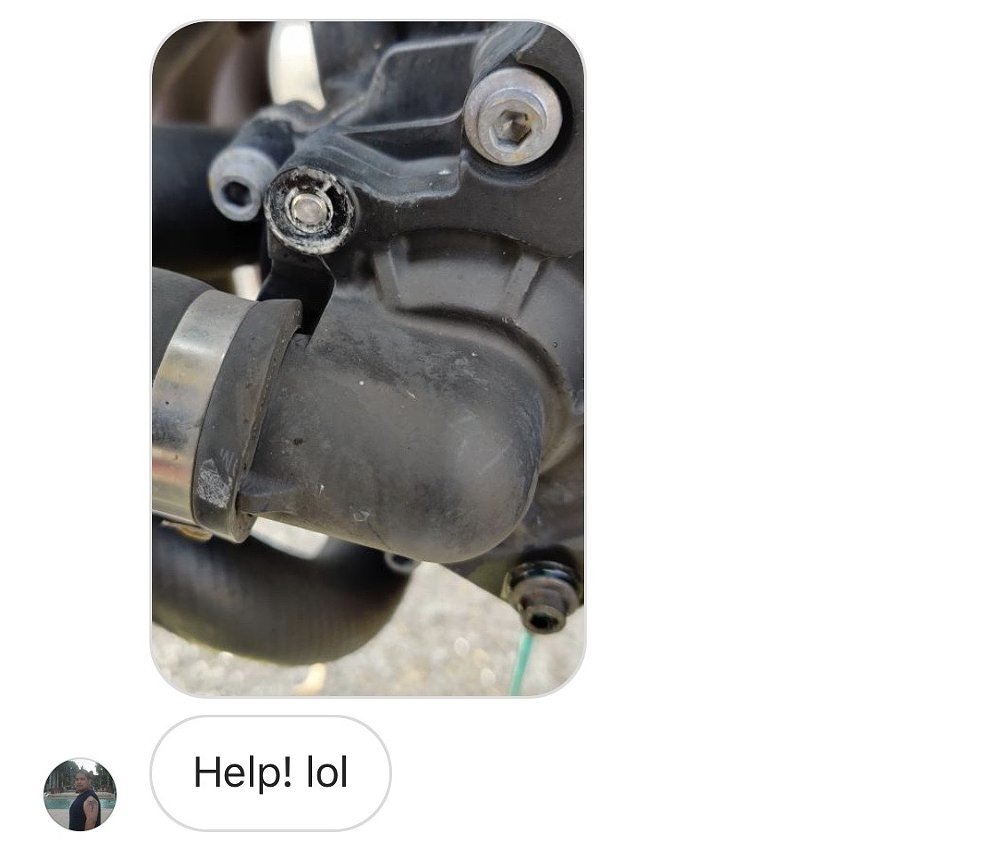Roughly 60 percent of the energy in the gas your engine burns is wasted. Where does it go? It’s converted into thigh-cooking, air-rippling heat. And with summer in full swing, all that warmth is especially noticeable. With that in mind, engine heat is today’s hot topic.
I was riding my Street Triple on a really hot day and pulled over for a break. As we sat there my bike started leaking coolant. We traced it to the overflow tank. What happened, and should I be worried? — @motorobot
Even though the engine isn’t running, when you come to a stop the coolant temp will spike since there’s no longer air flowing through the radiator or around the engine. Many modern bikes will kick the radiator fan on when you park the bike — even if the key is off — to help cool the engine.
Still, if you were riding especially hard and the ambient temp is high enough, the fan might not be enough to keep the coolant from heating up, pressurizing the cooling system, and causing the radiator cap to pop. At that point, coolant is piped into the reservoir tank, and under normal circumstances, the fluid in the reservoir will get drawn back into the radiator as the bike cools.
So everything that happened is normal. However, in your situation some coolant actually left the system, so once the bike has cooled completely you’ll want to check the radiator to make sure it’s full, and verify that the coolant level in the reservoir is between the “low” and “full” lines. And the next time you're out on a hot day, you can help your bike cool down by letting it idle for a few minutes before shutting it off.

The Ducati Scrambler has a bad reputation for being really hot in the seat, whereas similar bikes like the Triumph Street Twin don’t have that issue. Is it the cylinder position, the radiator position, or do some people just complain more than others? — @clarkenstein
All of the above, and then some! For starters, the Scrambler is air-cooled, so it’s going to run hotter than the liquid-cooled Street Twin engine, which is much better equipped to dissipate heat. Next, the Ducati has a V-twin engine, so the rear cylinder and exhaust pipe are quite close to the rider’s legs. Meanwhile, the Triumph’s parallel-twin engine positions the cylinders well ahead of the rider’s legs, and the exhaust pipes aren’t nearly as close to sensitive body parts.
And while some people are just complainers, what a rider wears will impact how susceptible they are to engine heat. If you’re in jeans (even reinforced riding jeans), you’ll notice engine heat more than if you wear leather or textile riding gear.
If you’re especially sensitive to engine heat, or ride in a really hot region, it’s definitely worth considering cooling style and engine layout before selecting a bike.
Help! Lol. — @frozen2kx
Ugh. The dreaded snapped bolt! Unfortunately, the fasteners on the water-pump cover are especially vulnerable to corrosion since moisture inevitably permeates the gasket and contacts the bolt threads.
If you can get the rest of the bolts out without damage and remove the pump cover, you should be able to grasp the broken bolt with vice grips and spin it out. Usually when the bolt head has broken off the tension on the threads becomes so minor that the bolt will just spin out, but in this case there’s likely some corrosion gluing things together, so squirt some penetrating lube on there to help free things up.
Alternatively, you could drill the bolt with a left-hand bit which might coax it out, or you can use any screw-extractor kit.
To avoid this problem in the future, smear some anti-seize on the bolt threads.

 Membership
Membership












